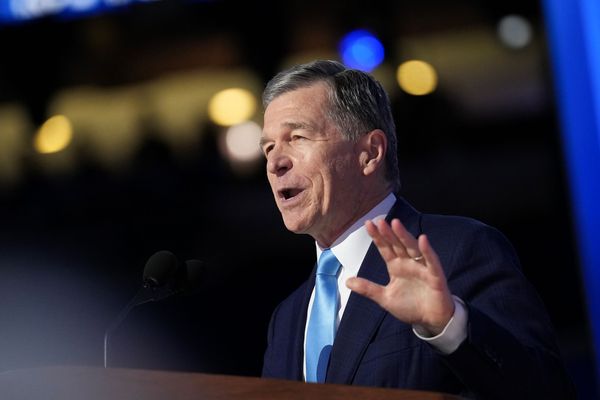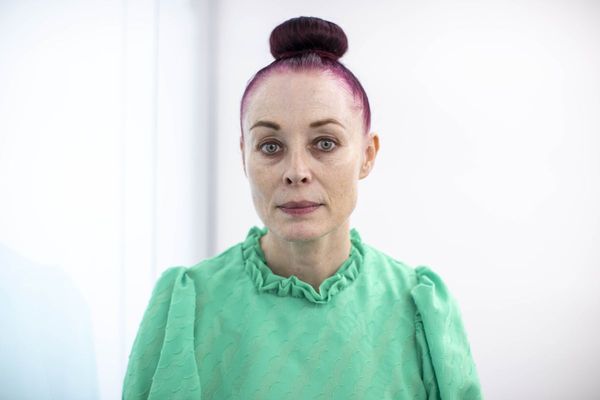
An announcement on Australia’s intake of Ukrainian refugees is expected this week, with 3000 visas already granted to Ukrainians since the invasion began. But it’s difficult to know what to expect given this country’s recent history of brutal border policies. As Crikey’s Bernard Keane advocates for a mass intake of Ukrainian refugees, here’s a breakdown of Australia’s history of migration amid conflict overseas.
World War II
Prior to having any formalised migration act or refugee policy, Australia selected 170,700 displaced people from camps across Europe to come to Australia in the aftermath of World War II. This program saw a continual influx of European immigrants from 1945 to 1952.
Notably, the Migration Act was established in 1958, and the final remnants of the White Australia policy was abolished in 1973.
Vietnam
The first boat carrying Vietnamese refugees arrived in Darwin Harbour on April 26, 1976. As the US defeat in Vietnam became inevitable, massive emergency evacuation efforts began, including Operation Babylift. This effort saw orphaned Vietnamese children flown around the world, including to Australia. But most post-war refugees to Australia arrived on flights after a selection process in refugee camps across Vietnam. This program saw 80,000 Vietnamese migrants arrive in Australia across the decade following the war. Temporary visa holders from Vietnam as well as Laos and Cambodia were also granted residency.
Cambodia
From 1989 to 1991, a small number of people arrived by boat from Cambodia. This influx coincided with the introduction of major amendments to the Migration Act by the Hawke government in 1989, which sought to “improve the ability to curb abuse of the immigration program by people seeking to come to Australia illegally”. As a result, in 1992, immigration detention became routine.
Safe havens
In 1999, 4000 displaced Kosovars were granted “safe haven” in Australia. The “short-term” humanitarian measure begins as a three-month visa, with the potential for extension. Later that year 1450 East Timorese were granted the same visa.
But in the first half of 2000 both groups of refugees were instructed to return to their country of origin, with some being sent against their will. Others resisted further, and were placed in detention in Australia. Some Kosovars undergoing treatment for trauma were granted three-year visas.
The “Pacific solution” was introduced in 2001, enforcing offshore processing of asylum seekers.
Syria
In September 2015, a one-off intake of 12,000 refugees from Syria was announced by the Abbott government. This coincided with the peak of the conflict, which had been unfolding for years since the Arab Spring in 2011.
Afghanistan
In January 2022 the government pledged to provide 15,000 visas to Afghan nationals after the Taliban took control of Afghanistan. The visas will provide places to migrants over a four year period. 145,000 Afghan nationals have applied for visas, with a Senate committee hearing only 1000 permanent visas had been granted as of February.







